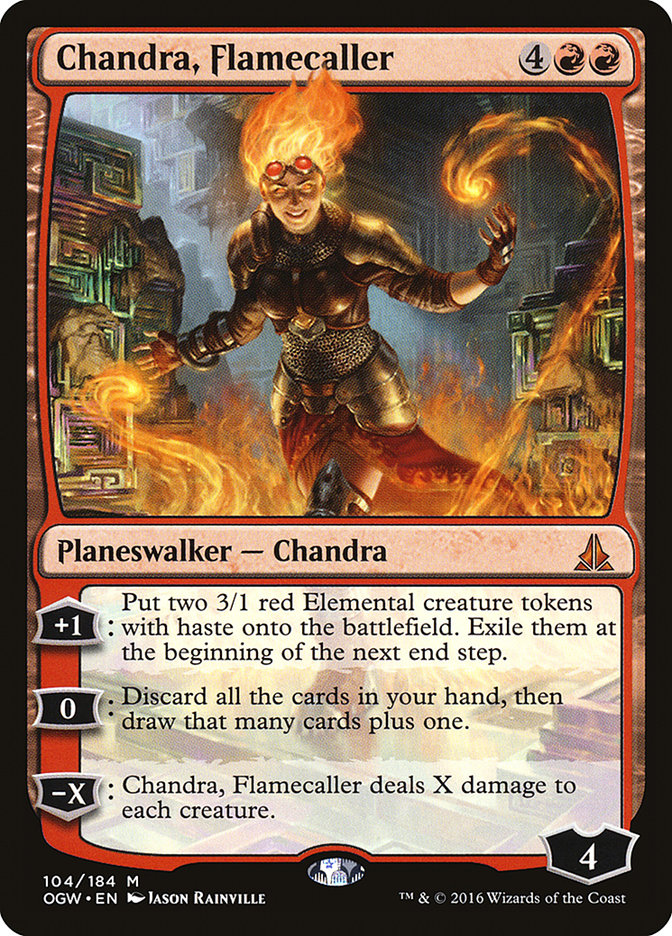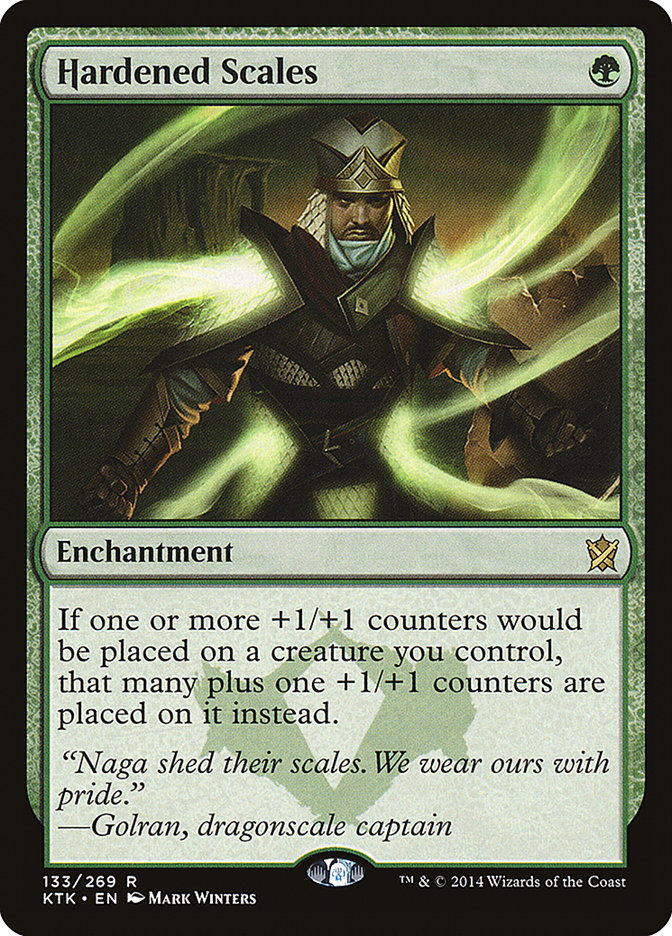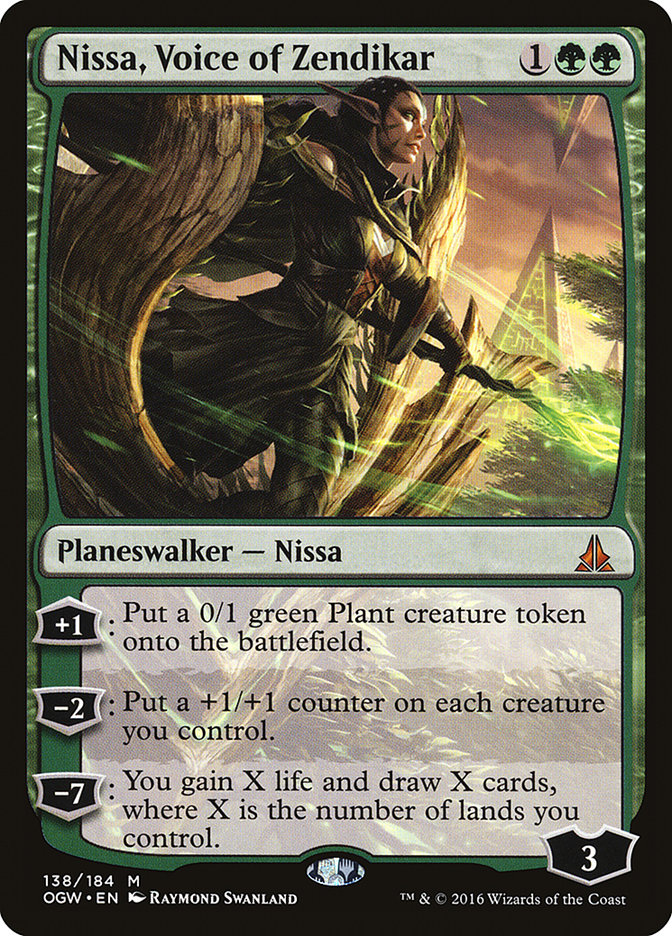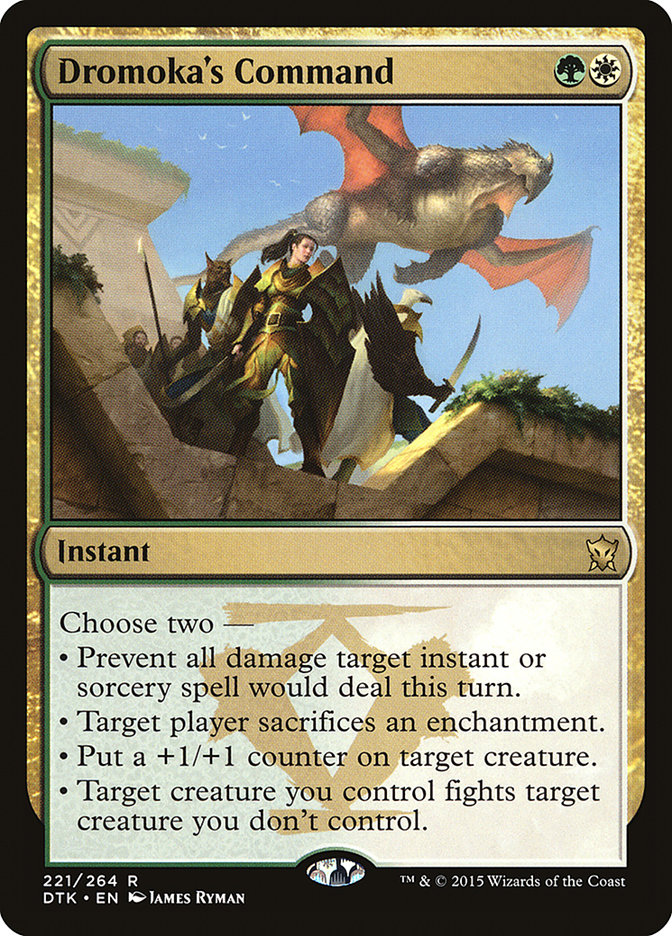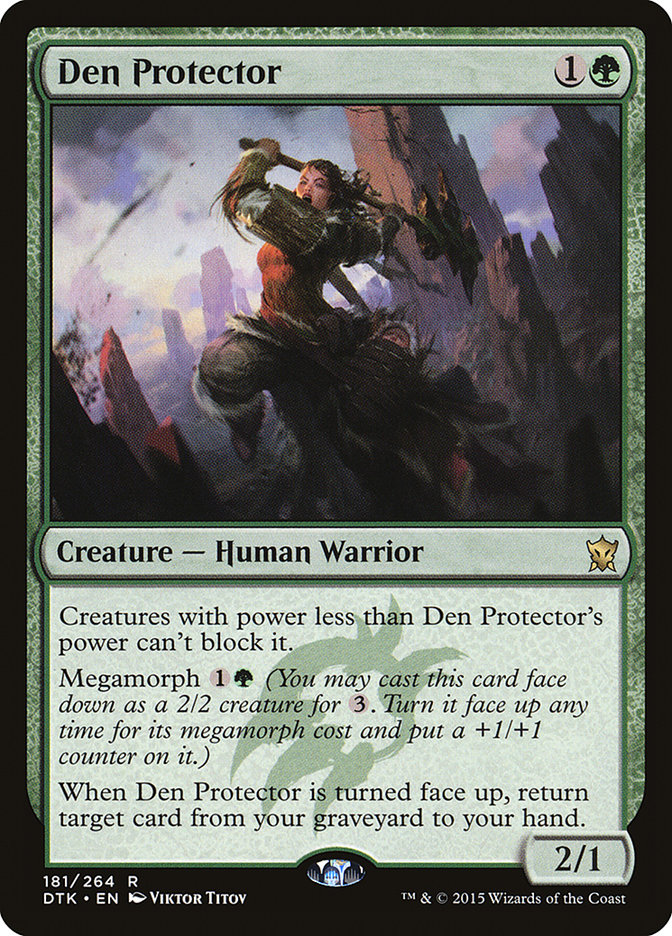Last Wednesday afternoon. I’m in my apartment waiting for the rest of the Roanoke crew to arrive so we can start testing the Mono-Blue Eldrazi deck for Grand Prix Houston. I was excited by Mono-Blue Eldrazi since it seemed very similar to the old Devotion deck I had so much success with. Several friends had played it to good finishes the previous weekend at RPTQs and online, and with some solid work it could be a real contender in a format dominated by Reflector Mage and Chandra, Flamecaller.
In walks Brad Nelson who asks me with an excited tone, “So do you know what you’re playing this weekend?”
“Well, I am leaning Mono-Blue Eldrazi and if it tests well today I am prepared to lock it in,” I answered.
Brad just smiled. “If you don’t know what you’re playing then you haven’t seen this deck. I’m going to sleeve it face-down.”
At first I am slightly deflated by the idea that this Eldrazi deck that I had just bought all of the necessary cards for had been so quickly invalidated, but I was of course excited at the prospect of having an excellent deck for the Grand Prix. So I sat down, shuffled up while I waited, and then drew my first opening hand.
Six opening hands later, I hadn’t won a game. What was the new menace that had seemingly emerged out of nowhere?
A deck that has long been dismissed to the fringes of Standard because of its inconsistent nature and dependence on finding an early Hardened Scales was given a significant boost from the printing of Nissa, Voice of Zendikar. Nissa not only has incredible synergy with Hardened Scales, she also allows you to leverage the power of your counter synergies without drawing a Scales and thus adds a degree of consistency that the deck had been lacking before.
The strange part is, I had tried this during spoiler season for Oath of the Gatewatch and quickly dismissed the idea after a poor showing in a VS Video against Jeskai Black. While Nissa is a great tool against control decks, the deck as a whole was still vulnerable to early spot removal backed up by card advantage.
I quickly put together a Mardu Green list and my previous experience played out again, although the matchup had become a little better. Over the rest of the day and into the next we heard of many players who were locked into Hardened Scales, and the hype machine was compelling.
Eventually I was left with a tough decision: Do I jump aboard the bandwagon or stick with a deck I knew to be solid?
Ultimately, I played Hardened Scales to a solid but unexciting record of 11-4. If you want to learn more about the deck itself I suggest reading Mike Sigrist’s article here and Brad Nelson’s article here. I am more concerned with evaluating the thought process behind my decision to switch decks.
Reacting to late-arriving information is a common occurrence for competitive Magic players, and assessing all the necessary variables while under time pressure is quite difficult.
The first point to remember is that the default position should be to stick with your deck if you have been playing it for any length of time. It can be especially tempting to switch because there will be plenty of hype around the new deck. The fact that it is an unknown quantity makes it easy to overstate its strengths and mask its weaknesses. Your goal should be to illuminate those weaknesses and make a concerted attempt to evaluate them fairly.
While there is always the chance that a broken deck has been uncovered, the overwhelming odds are in favor of it being just another reasonable deck in the sea of B+ decks that make up Standard. This realization naturally leads to the next key question, “What caused the hype around this deck?”
Creatures (24)
- 4 Abzan Falconer
- 4 Avatar of the Resolute
- 4 Servant of the Scale
- 4 Managorger Hydra
- 4 Hangarback Walker
- 4 Endless One
Planeswalkers (4)
Lands (23)
Spells (9)

In the case of Hardened Scales, the hype was generated by a large group of good players piloting the deck to excellent records on Magic Online. World spread quickly as other players ran into the deck unprepared for the matchup and left the match impressed enough to pick it up themselves.
The deck was certainly powerful, but it was certainly possible that having only the best players playing the deck made it seem better than it actually is. For me, I had to reconcile this resurgence of the deck with my previous less-than-stellar experience with it.
Whenever you are trying to reconcile past data with present results you have to ask yourself if anything significant has changed between now and then. Invariably those changes will explain the data discrepancy and lead you to the best decision. In this instance, there were two key changes that made Hardened Scales a much better deck than it had been previously.
The first was the metagame shift that Standard had undergone in that period. The Jeskai Black deck that had given me pause six weeks ago is at an all-time low now, and despite the ubiquity of Reflector Mage much of the current Standard metagame is ill-prepared to deal with the powerful creatures Hardened Scales presents. Mardu Green would be an issue but I felt comfortable playing against the various Collected Company decks, and Hardened Scales absolutely crushed the previous new kid on the block, Mono-Blue Eldrazi. I expected Mono-Blue Eldrazi to be well-represented at the Grand Prix given how popular it had been on MTGO, so that was a strong plus in its favor.
At this point a key realization was that the Mono-Blue Eldrazi deck had become popular for similar reasons. Like Hardened Scales, it plays to the board in a way that the metagame was ill-prepared for, although in this case it is with fliers and equipment rather than big green creatures with trample. Therefore, the decks should have a somewhat similar spread of matchups in the metagame, and the difference between them comes from consistency and power as well as which deck is the favorite in a direct matchup between the two.
Hardened Scales gets the edge on power because its best draws are simply busted while not being dependent on internal synergies and having a single-color manabase gives Mono-Blue Eldrazi a consistency edge. The tiebreaker for me was Hardened Scales having such a huge edge in their same-basic-plan “mirror” matchup. The Eldrazi deck really struggles with taking permanents off the board and rarely wins the race against Avatar of the Resolute or a key Dromoka’s Command.
The second positive change for Hardened Scales was a reimagining of how the deck operates on a fundamental level, which is reflected in how the current lists deviates from the previous stock lists. Previously Hardened Scales was thought of as more of a Protect-the-Queen strategy, building a big creature and protecting it with spells like Stubborn Denial or Feat of Resistance. The new list was more akin to a traditional low-curve swarming aggro deck.
Most of this change is a result of the addition of Nissa, Voice of Zendikar. Getting two to three creatures on the battlefield before casting Nissa drastically increases her effectiveness. However, doing so consistently required us to streamline the manabase, cutting blue entirely and making the deck nearly mono-green. It also requires lowering the curve, which is reflected in the removal of Den Protector and the inclusion of the full four copies of Endless One. Endless One gives the deck an added degree of flexibility that it lacked before, coming down on turn one or two if necessary while having the potential to be a big threat later in the game.
These subtle changes make Nissa, Voice of Zendikar incredibly powerful in the deck, decreasing your reliance on an early Hardened Scales and also naturally insulating you against removal-heavy decks since you can now reliably get on board underneath them and win on tempo rather than needing to assemble a number of different pieces at the right times.
When I had initially tried Nissa, Voice of Zendikar in the deck, I failed to understand how the card’s presence fundamentally altered the deck’s functions and thus how it should be built. I instead inserted Nissa into an old list where she did not quite fit and came out with a deck that underperformed and whose potential I failed to recognize. With a better-constructed list the power of the deck became readily apparent, and armed with this understanding it was an easy decision to play Hardened Scales last weekend even though I had dispelled the myth that the deck was broken in any way.
Essentially, what I needed to do to come to the best decision was to work diligently to determine how the new information, in this case the existence of Hardened Scales, shifted my big-picture understanding of the Standard format. The conclusion was that it was attacking the metagame at a similar angle to my prior deck of choice, Mono-Blue Eldrazi, but doing so in a more powerful shell and therefore was an almost strictly-better deck.
Interestingly, I saw very little of the Eldrazi deck in Houston and it performed rather poorly. Even without the benefit of that good matchup, Hardened Scales performed well, placing two players in the Top Eight and four more in the Top 32. The deck is far from broken and has some issues, most notably a poor sideboard, but I am quite happy with my decision to play the deck… especially because I was able to play it for the right reasons rather than mindlessly succumbing to the hype from players whose opinions I respect.
Of course, being willing to listen to those around you is an important aspect of growing as a player, but we must always be careful to listen critically and not just accept information without the appropriate context and justification.
When evaluating late-breaking information, whether it be a new deck, an update on an old deck, or a tip saying a certain deck will be much more or less popular than expected, it behooves you to consider that information carefully and critically and not react too quickly even though you feel pressured to do so by a lack of time. Such information has the potential to be invaluable, giving you an edge on the rest of the field you would not have otherwise had, but it also has the potential to lead you astray and put you in a worse position than before.
You will often be working with incomplete information due to time pressures, which is why I think it is particularly important to approach these matters from a broader perspective, relying on your innate understanding of Magic rather than trusting a laughably small sample size of testing games with a likely-untuned list.
So the next time your buddy ships their list two days before a tournament claiming that they broke it, don’t panic. Ask yourself what are the most important pieces of data about the deck you need to gather, hunt those data points down, then use them make a more informed decision. Regardless of the outcome, you will thank yourself for it.



